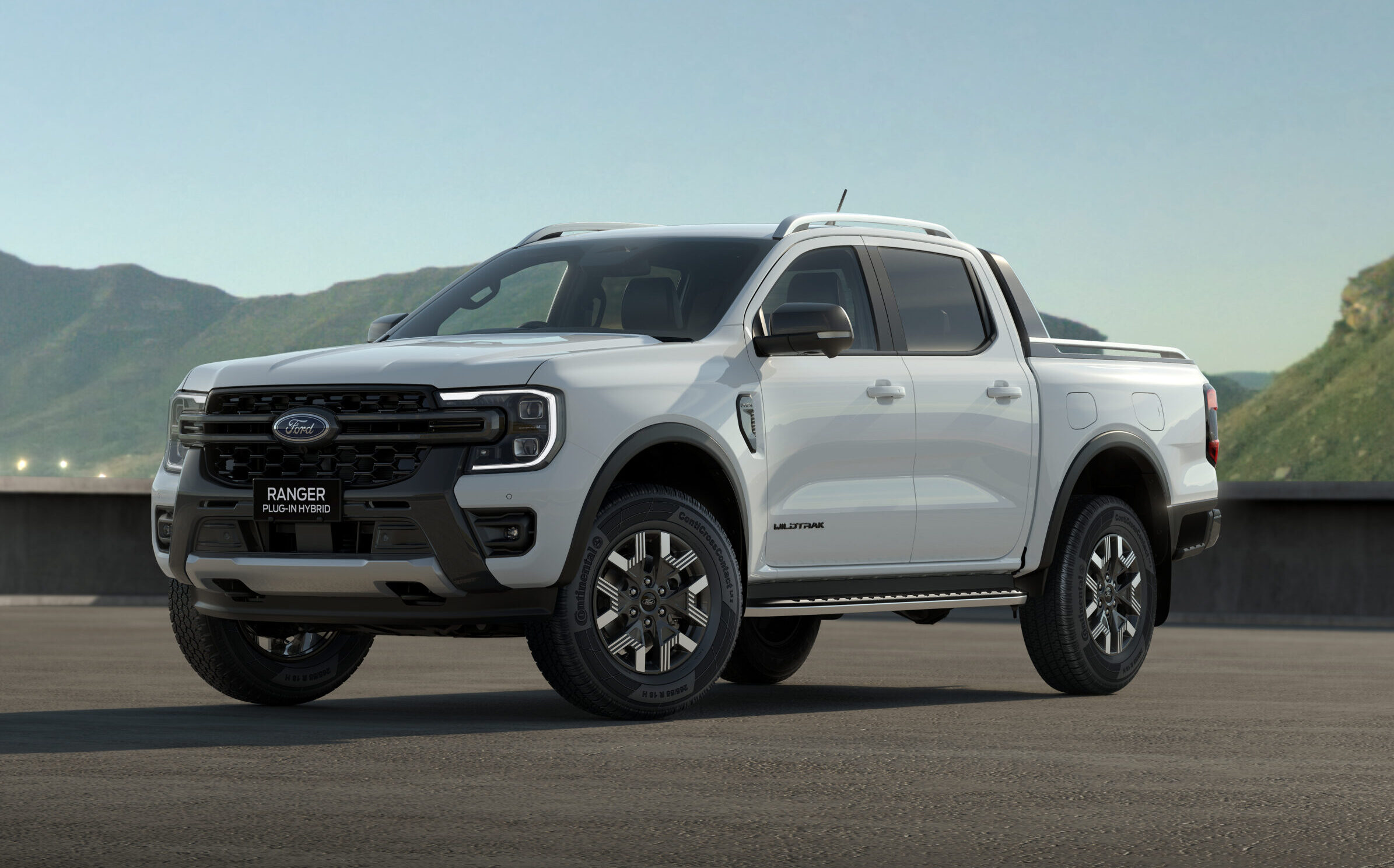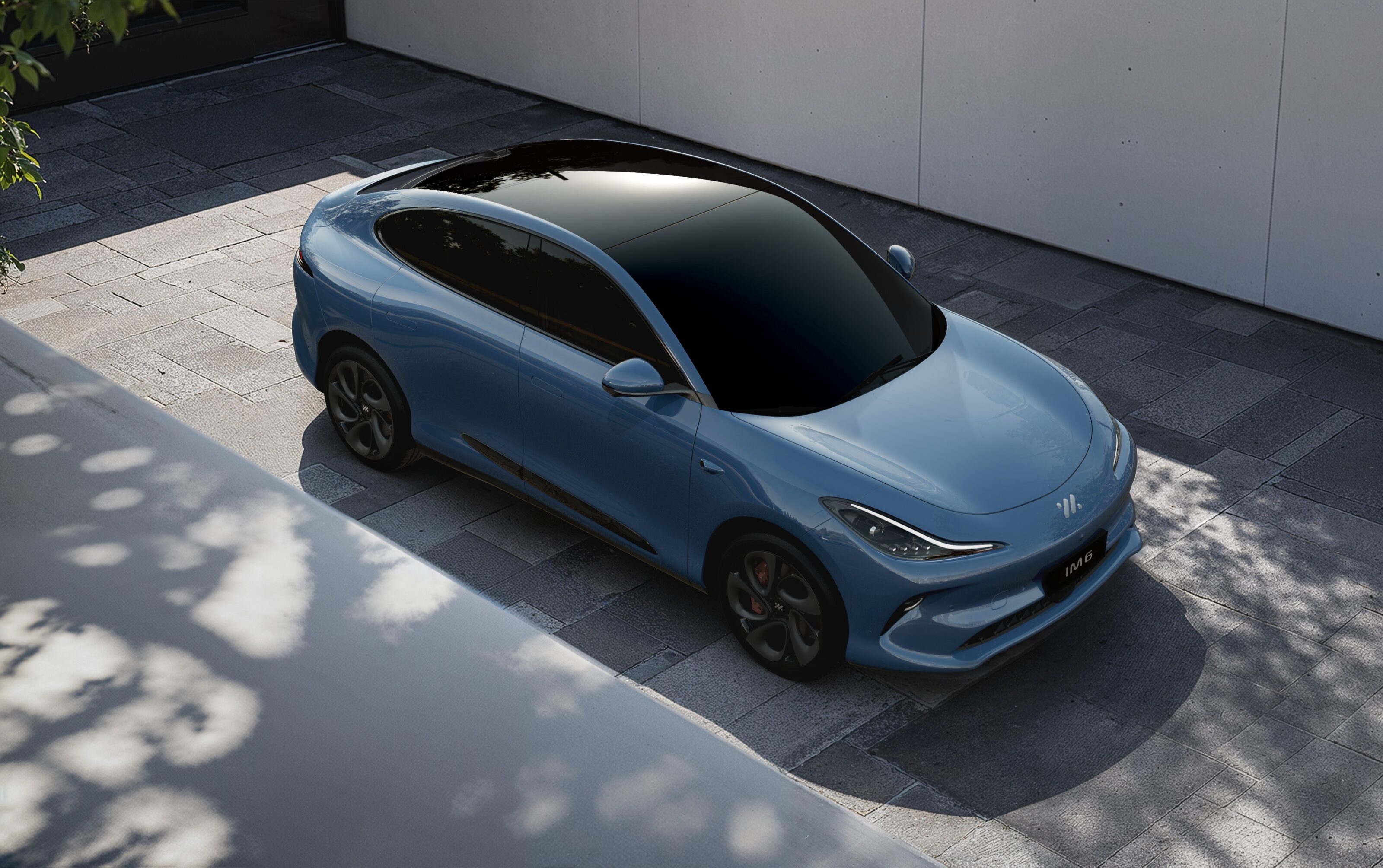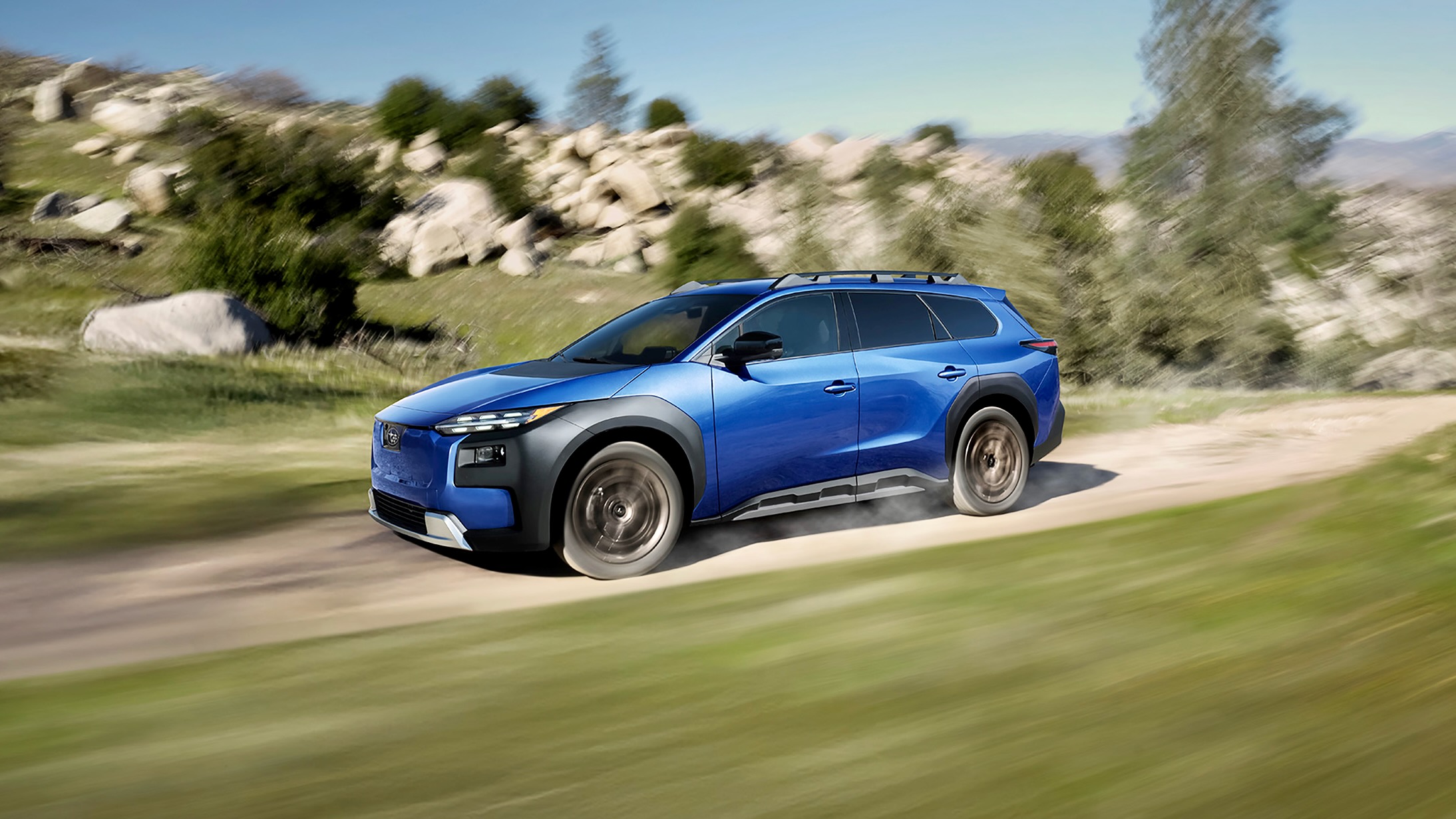VOLVO’S plan to only sell fully-electric vehicles globally by 2030 was always an ambitious one, but the Swedish automaker has now, just three years after revealing that plan, walked back on its target.
Instead, Volvo has adjusted its electrification goal to something a little less rigid. Between now and the end of the decade, the brand will aim to make 90 to 100 percent of its global sales ‘electrified’ rather than purely electric vehicles (EVs), meaning not just EVs but also plug-in hybrids (PHEVs) will count towards its eco-car target. In Volvo’s own words, “all cars with a cord”.
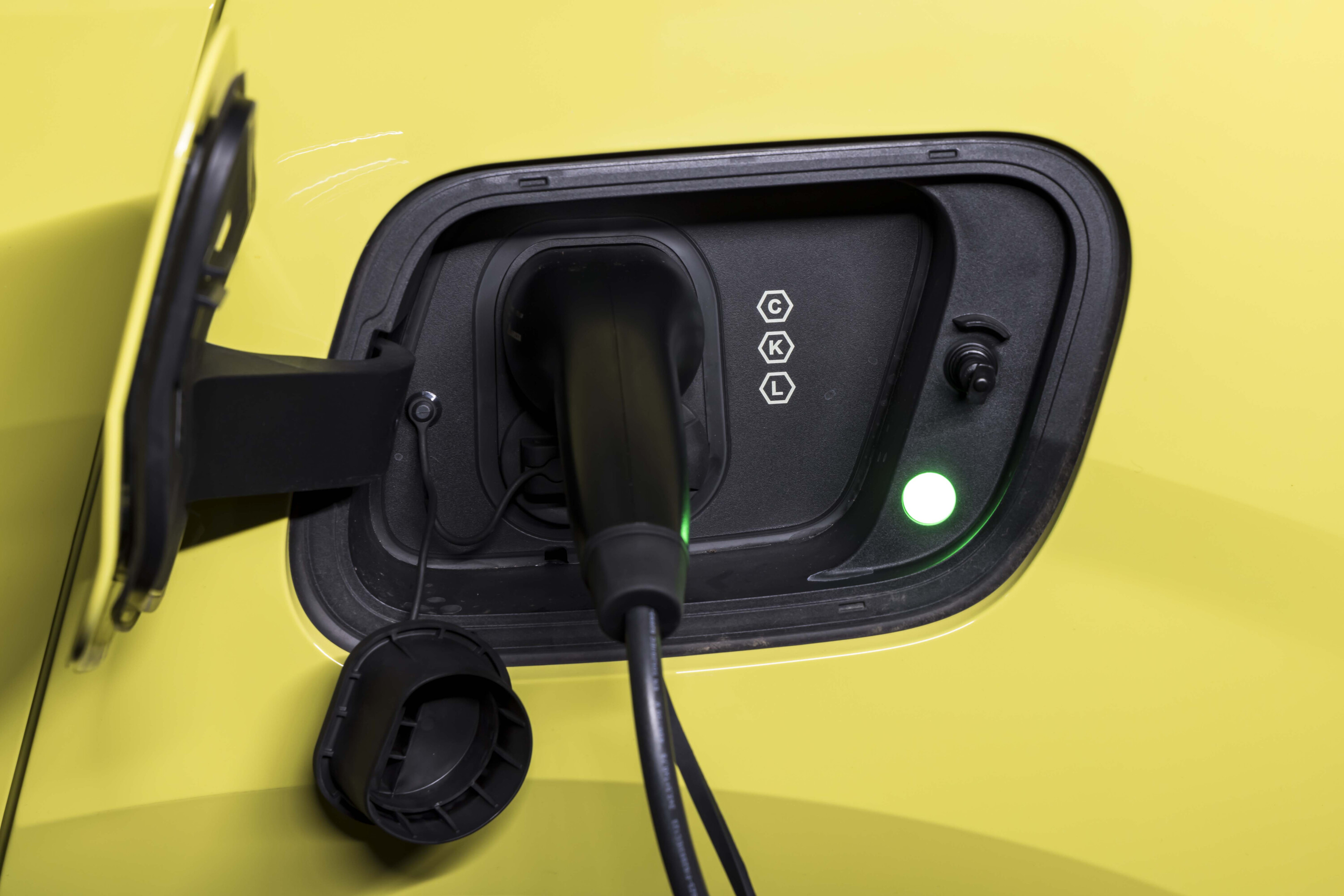
The remaining zero to 10 percent will be mild hybrid models, which are expected to remain relevant in parts of the world where electrical infrastructure and/or the cost of liquid fuels are impacting uptake of EVs and PHEVs.
However, the company remains committed to a long-term aim of going all-electric, even though it no longer has a hard timeline for when such a transition will be completed. That said, Volvo is still gunning for a net-zero CO2 timeline that should see all of its carbon dioxide emissions from manufacturing become neutral by 2040.
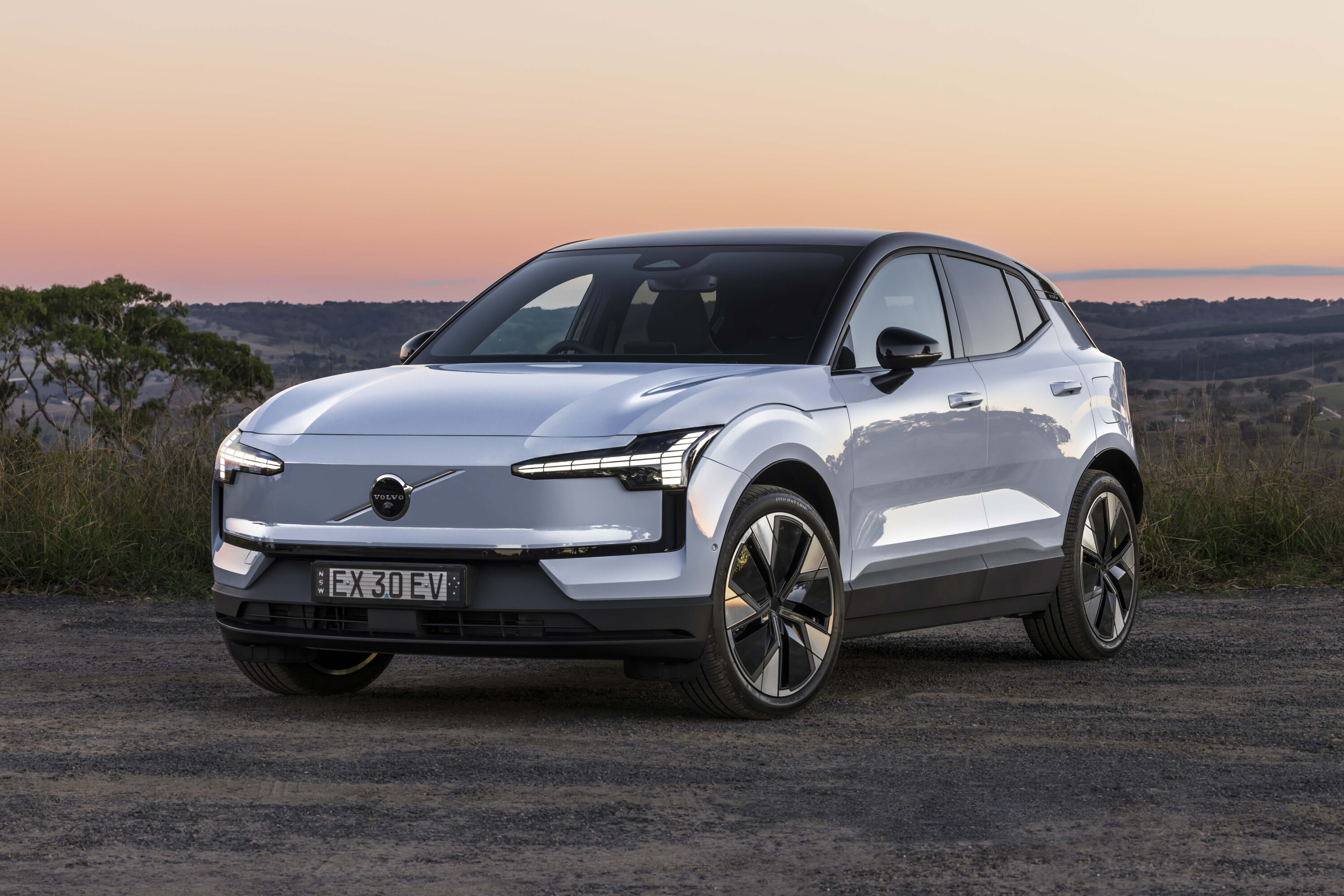
“We are resolute in our belief that our future is electric,” said Jim Rowan, chief executive of Volvo Cars.
“However, it is clear that the transition to electrification will not be linear, and customers and markets are moving at different speeds of adoption. We are pragmatic and flexible, while retaining an industry-leading position on electrification and sustainability.”
The softening of demand for EVs is one that’s been seen in Australia as well as overseas, as the latent demand for EVs that drove strong sales of battery-electrics in recent years tapered off and was replaced by more gradual growth as the early-adopter crowd took delivery of their first EVs.
Volvo pointed to slow roll-outs of charging infrastructure and the removal or reduction of government incentives as other factors in its decision to move away from its all-EV-by-2030 promise, with protectionist tariffs being highlighted by the company as another barrier. Volvo produces a large number of its EVs in China, a country that has been targeted with high import tariffs by a number of countries, including the commercially-critical US and European markets.
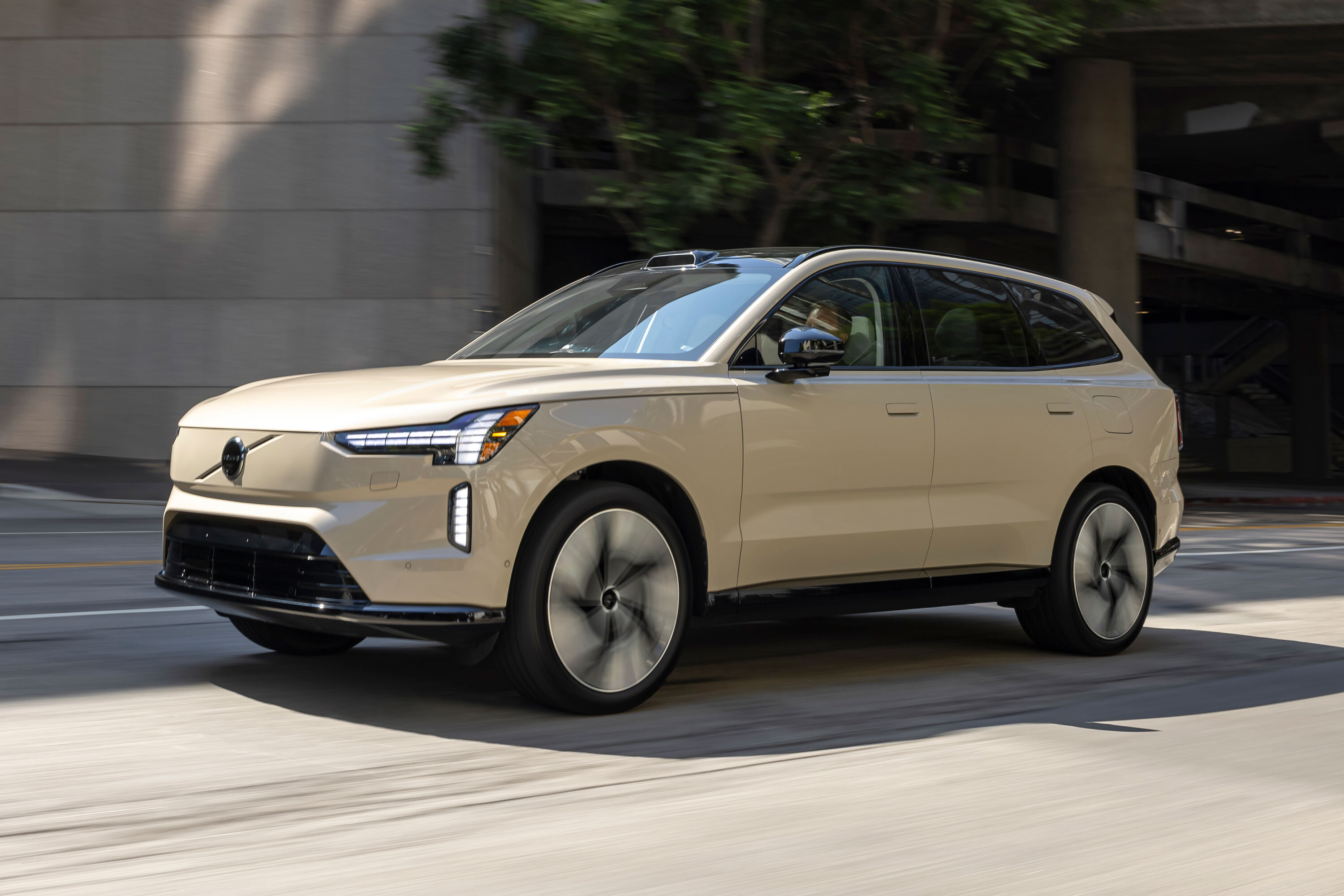
Volvo currently has five all-electric models in its global product portfolio (including the just-launched EX30 small SUV and EX90 large SUV), with another five currently in development – the ES90 luxury sedan being the next off the rank.
In Australia, the local range was slated to switch over to a pure EV lineup from 2026 onward – Wheels has contacted Volvo for comment on what implications the global strategy change will have for the Australian product plan.
For the rest of the world, Volvo is expecting the percentage of EV and PHEV sales to fall somewhere between 50 and 60 percent of its global total by the start of 2025, giving it five years to convert an additional 30-40 percent of sales to cord-having models. For the second quarter of 2024 the total percentage of electrified sales for Volvo was 48 percent, while pure EVs only accounted for 26 percent of the global total in the same period.
New electric platform to be key
The day after it announced it would no longer pursue an EV-only target for 2030, Volvo also announced that its future electric vehicles would be derived from a single “technology stack”. The new architecture, which combines both the physical and electronic architectures of the car, will provide the basis for all of its EVs going forward, beginning with the EX90 and the incoming ES90 luxury sedan.
Dubbed the “Volvo Cars Superset”, the tech stack allows Volvo’s engineers to combine modules together much like that other Scandinavian innovation: Lego. The end result is trimmed development times, lower development costs and increased production line flexibility. The SPA2 platform of the EX90 is the first Volvo architecture to use the tech stack approach, and will be followed by the ES90. The next all-electric model in the pipeline will be the EX60 – the successor to the popular XC60 midsize SUV, which will be the first model to use Volvo’s next-generation SPA3 architecture.
We recommend
-
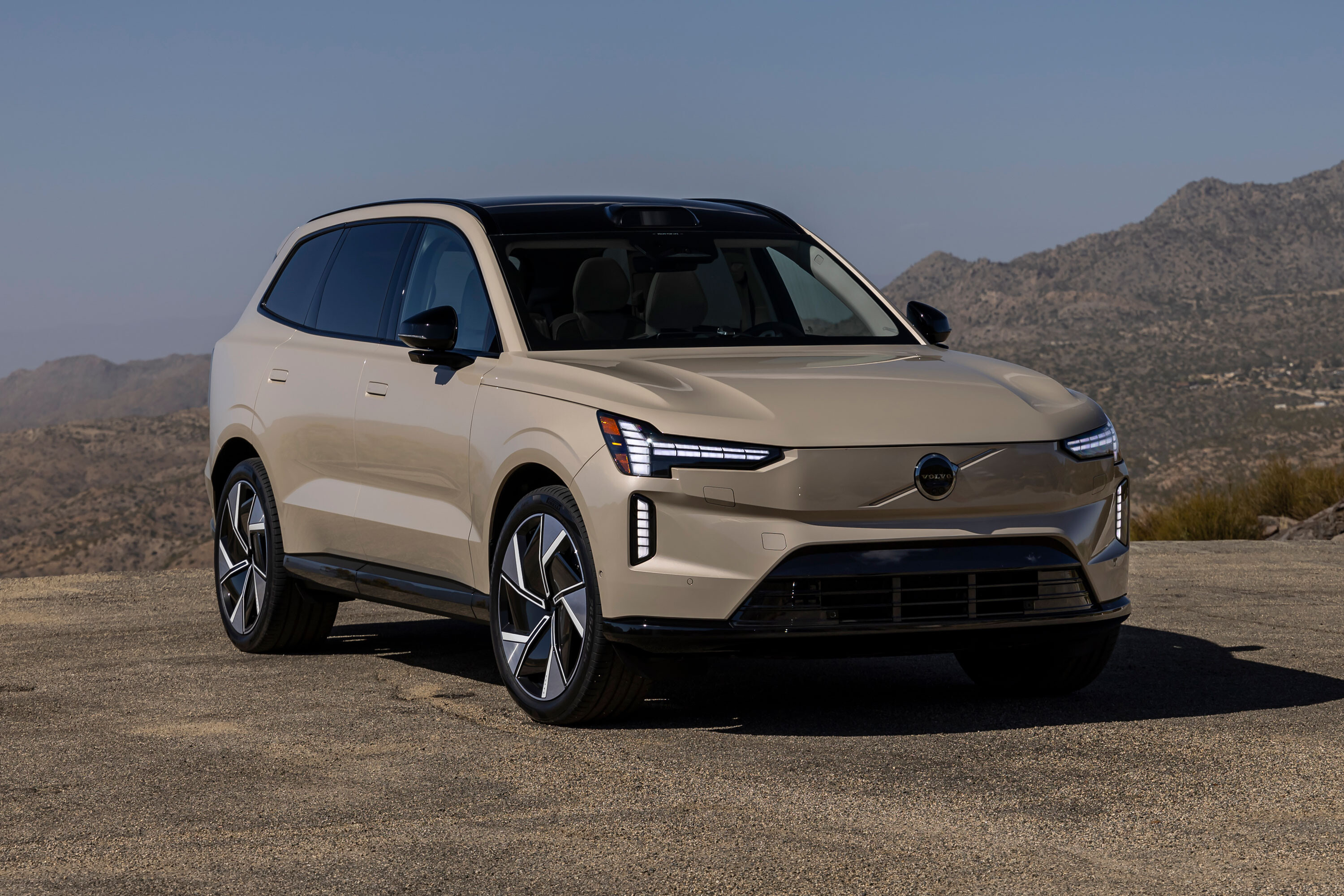 Reviews
Reviews2024 Volvo EX90 review
Volvo’s new-generation flagship debuts as an all-electric seven-seat SUV, riding on a bespoke EV platform, packing segment-leading hardware and technology. But is the EX90 premium enough?
-
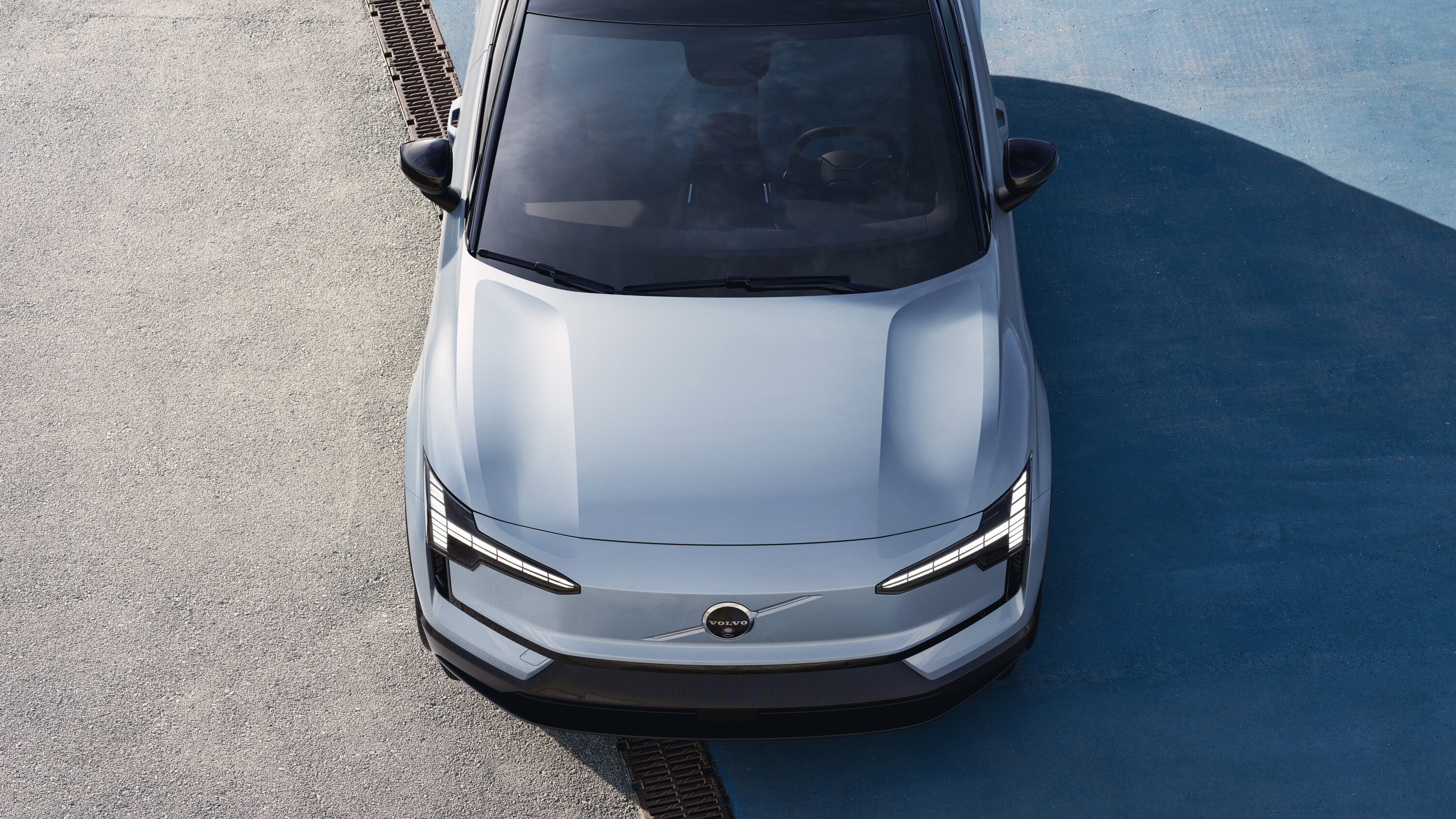 News
NewsVolvo EX30: Australian pricing and features for Swedish brand's smallest (and quickest) model
Volvo's smallest SUV and most affordable EV starts below $60,000 and comes in a choice of three variants
-
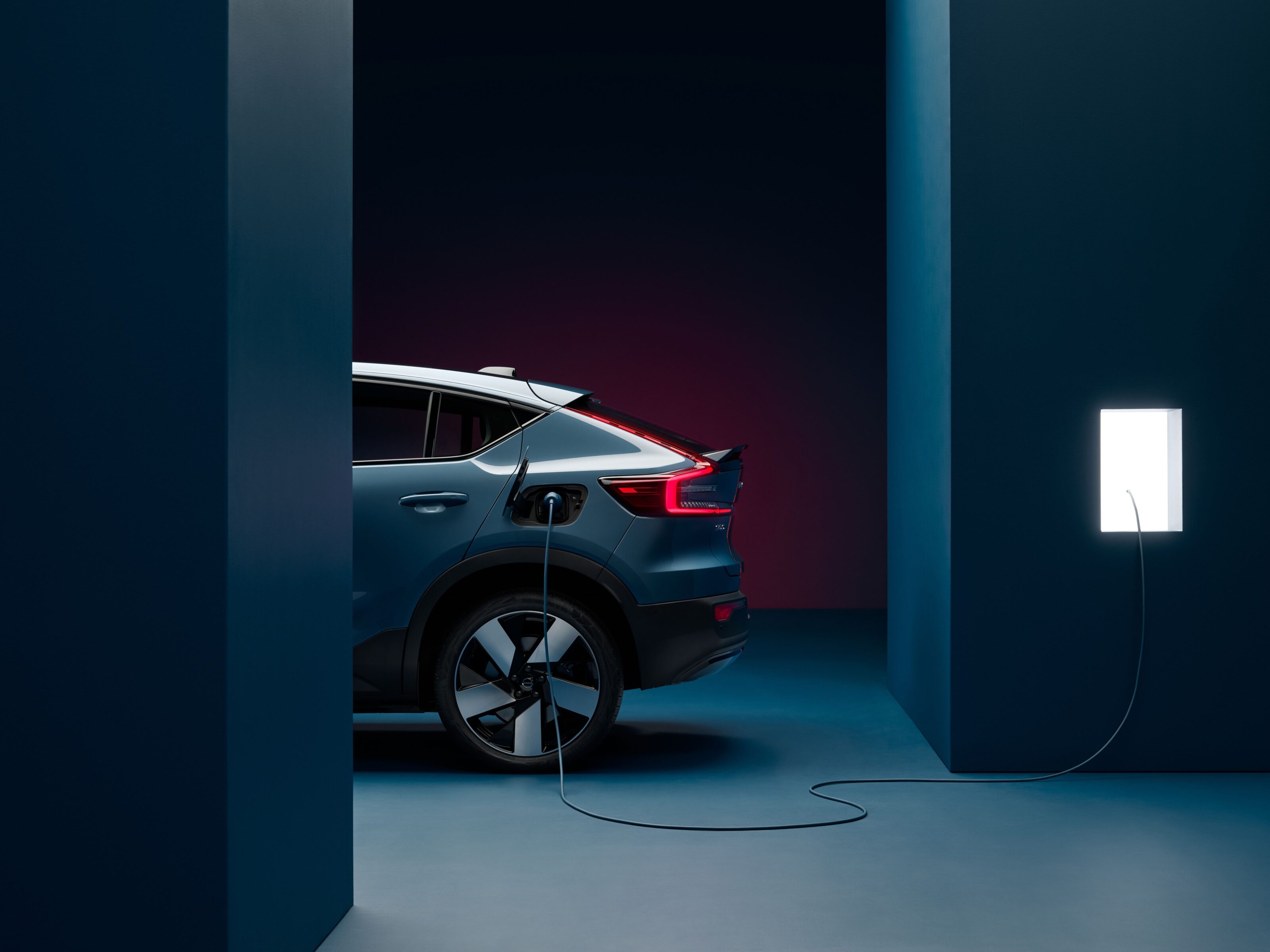 News
NewsVolvo to go all-electric in Australia by 2026
Bold new plan will ditch ICE and increase prices but Volvo is confident it’ll boost sales and even steal customers from Tesla


